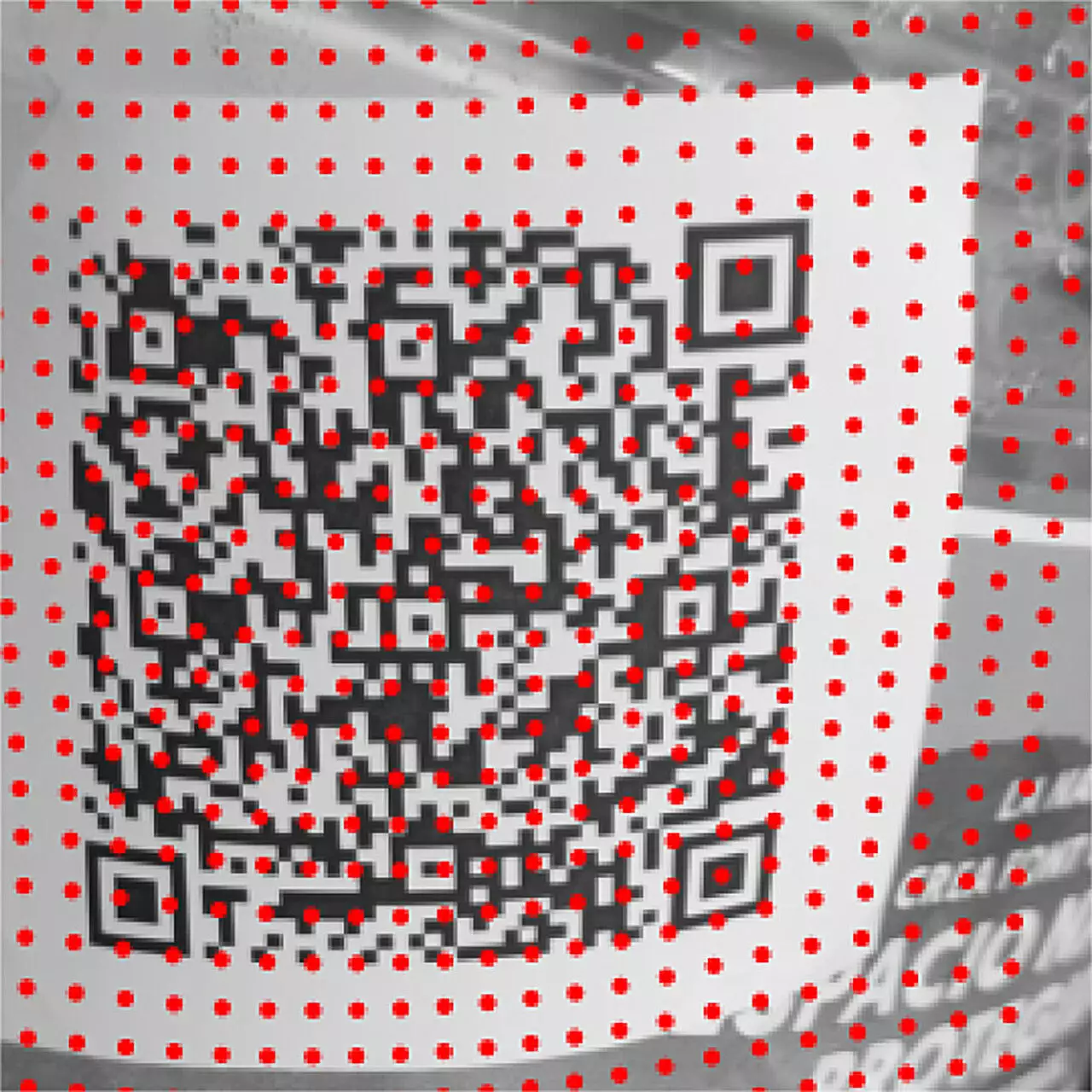In the age of digital transformation, QR codes have emerged as a critical tool for bridging the gap between physical objects and digital information. However, despite their growing ubiquity, users often face the frustrating challenge of successfully scanning these codes, particularly in less-than-ideal environments. Common problems arise when attempting to capture QR codes using smartphone cameras. Issues such as poor image quality, inadequate printing, and irregular surfaces can greatly hinder successful recognition. These challenges prompted a collaborative team from the University of Barcelona (UB) and the Universitat Oberta de Catalunya (UOC) to devise a groundbreaking methodology aimed at enhancing QR code recognition across complex physical contexts.
Recent research published in the journal *Pattern Recognition Letters* details the innovative approach developed by the research team. Unlike traditional QR code recognition methods that rely heavily on flat surfaces, this new system is designed to accommodate irregularities that frequently occur in everyday shipping materials, such as the wrapping of courier packages or various food containers. This adaptability marks a significant advancement in QR code technology, as it can be applied not only to flat surfaces but also to those that are tubular or uneven, such as bottles and trays.
The methodology revolves around the implementation of a new algorithm created as part of Professor Ismael Benito’s doctoral thesis. Benito, who is affiliated with both UB’s Faculty of Physics and UOC’s Department of Computer Science, emphasized that the algorithm intelligently leverages the inherent patterns of QR codes. By utilizing these patterns, it aims to reconstruct the surface texture upon which these codes are printed, thereby improving the overall scanning reliability.
At the heart of this innovative system are mathematical functions known as splines. These functions allow for localized adjustments of surface topography, making them particularly useful in accommodating the natural highs and lows of a given surface. Originally developed for applications in geology and photographic editing, splines enable the research team to refine the image processing needed to enhance QR code readability on non-flat objects. The results indicate a promising path forward for improving the ease with which users can access digital content via QR codes.
Benito and his colleagues detail the various factors contributing to QR code scanning issues in their research. The challenges faced by users are many—ranging from subpar image quality, often a byproduct of smartphone limitations, to problematic printing conditions that fail to deliver sufficient contrast in QR code designs. Furthermore, the orientation and distance at which the code is scanned can dramatically affect the likelihood of a successful read. For instance, codes positioned on cylindrical surfaces can become distorted when scanned too closely, while scanning from too far away diminishes the QR code’s visibility, complicating the capture.
The implications of this research extend beyond mere recognition; the team is also addressing potential security vulnerabilities associated with QR codes. As digital threats evolve, ensuring that QR code systems remain secure from manipulation—like fake URLs that might unknowingly capture user data—is paramount. Benito noted that one of the primary challenges in commercial applications is to guarantee accurate and secure scanning, which the new methodology takes into consideration.
Beyond security, there are substantial hurdles remaining in the realm of industrial applications which often rely on controlled environments for QR code captures. Here, the speed of capture becomes crucial, and refining quick and dependable scanning methods remains a key focus in ongoing research.
The work pioneered by the team at the University of Barcelona and Universitat Oberta de Catalunya represents a significant leap forward in the ability to read QR codes across diverse and complex surfaces. As reliance on these codes increases in various industries and everyday life, the need for robust, secure, and efficient scanning becomes more pressing. This innovative methodology not only addresses the immediate challenges users face but also lays the groundwork for future advancements in QR technology, potentially revolutionizing the way we access and interact with digital information in our day-to-day environments. As research progresses, there is hope that ongoing challenges will be resolved, leading to a more seamless experience for users everywhere.


Leave a Reply